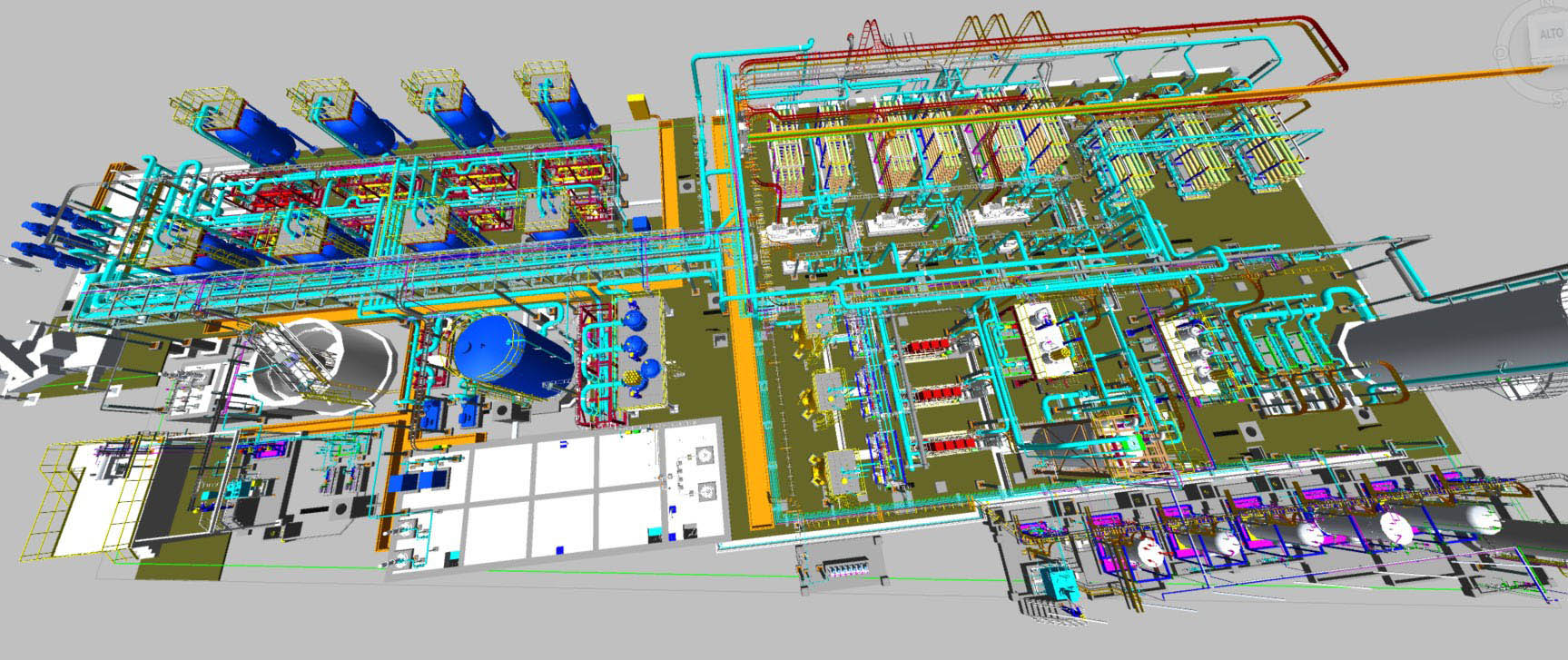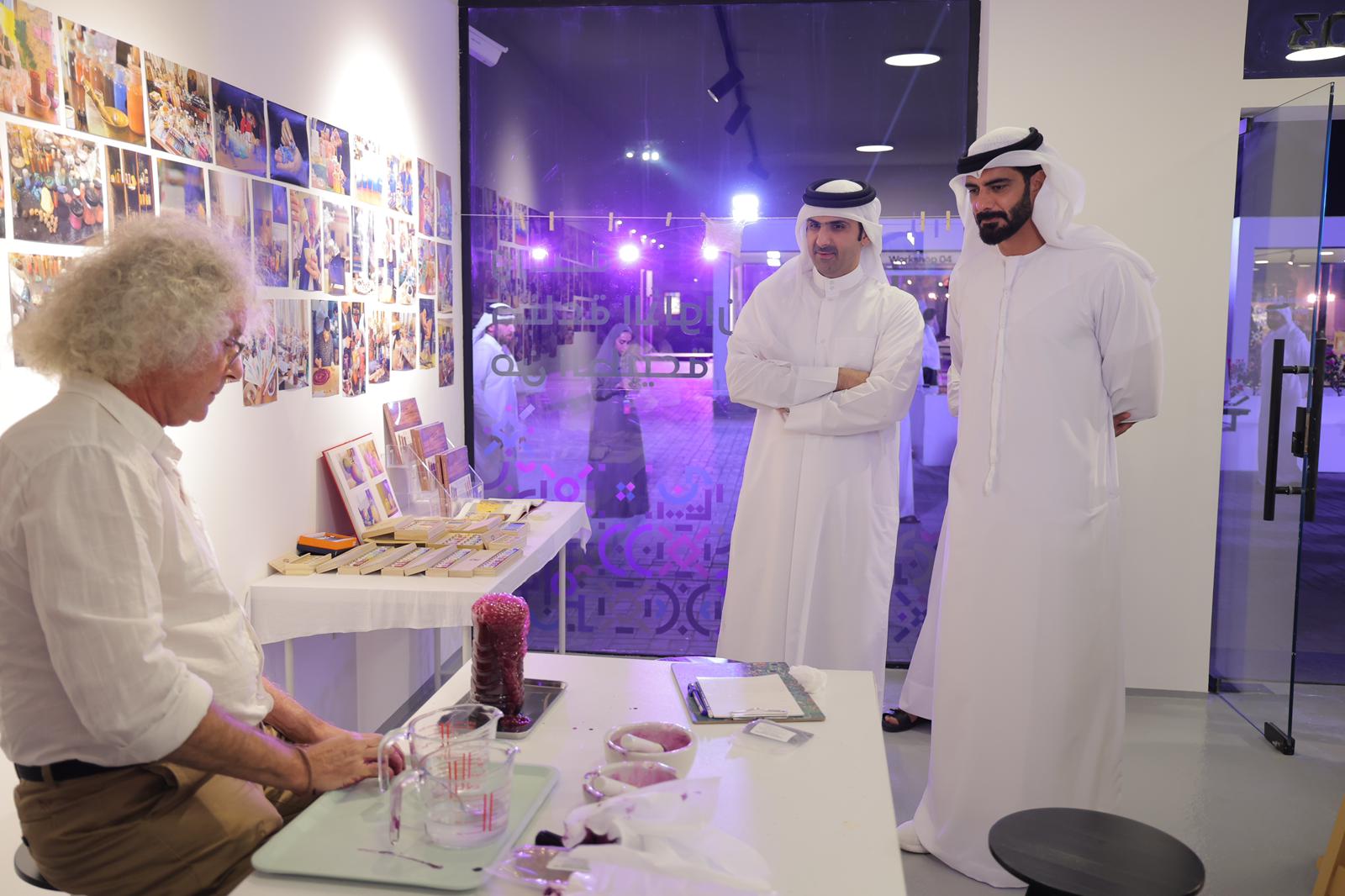Red Hat Developer Hub 1.8 delivers context-aware AI, scalable governance and faster self-service
Balaji Sivasubramanian

November 12, 2025 -The biggest frustration for modern developers isn't the code; it's the friction. It’s the constant context switching, the endless search for the right internal document, and the risk of building on outdated standards. 50% of developers reported losing 10+ hours a week to non-coding tasks, which can equate to a ~$1.6 million loss per 100 engineers per year. Organizations need to empower developers with a self-service experience that is fast, highly personalized and grounded in the company's unique development standards.
That's why we’re excited to announce Red Hat Developer Hub 1.8, the latest version of our enterprise-grade developer portal based on the Backstage project. New features and enhancements in this release provide users:
• AI tools to boost productivity and integrate AI into applications
• Lifecycle tools to scale governance, get support more easily, and extend functionality faster
• A more personalized experience for faster self-service and onboarding
Unlocking higher productivity with context-aware AI
To unlock higher productivity with AI-assistance, the AI itself needs to be context-aware. Red Hat Developer Hub 1.8 introduces the foundational architecture to make this happen, turning the platform into an intelligent partner that understands your environment.
Beyond the core architecture, we're simplifying how you integrate AI into your applications. Developers shouldn't have to interrupt their workflow to hunt for models. Productivity increases when models live alongside their existing tools.
Red Hat Developer Hub 1.8 delivers several key features to establish this new intelligent foundation and streamline AI integration:
• Red Hat Developer Lightspeed for Red Hat Developer Hub is now powered by Llama Stack: Developer Lightspeed, an assistant that helps developers complete their non-coding tasks faster, is now built on top of the open source Llama Stack framework, an emerging industry standard for agentic AI systems (available as a developer preview). With this more flexible foundation, Developer Lightspeed can now utilize many of the open source project’s abstractions and features, including MCP agents and RAG, which will allow customers to bring their own knowledge in future releases.
• Developer Lightspeed integration with Model Context Protocol (MCP): Available as a developer preview, this integration allows Lightspeed to answer questions about the user's immediate software environment. Chatbots and IDE assistants to query real-time data from the software catalog and technical documents. For example, a developer could ask, "Tell me about the microservices related to finance," and get a precise, up-to-date answer.
• Accelerating AI Development with Red Hat OpenShift AI connector: The new OpenShift AI connector for Red Hat Developer Hub, available as a developer preview, synchronizes approved AI models and model servers from Red Hat OpenShift AI directly into the Red Hat Developer Hub software catalog. This integration allows developers to more easily discover, evaluate, and reuse tested AI/ML models alongside traditional software components, all from a single pane of glass.
Governance at scale: Enforcing standards without slowing down
Enforcing organizational standards across hundreds or thousands of components is a monumental task for platform engineers. When a security vulnerability is patched in a foundational template, how do you confirm that every deployed application is updated? Scenarios like this create massive compliance and security debt.
Red Hat Developer Hub 1.8 transforms governance from a manual bottleneck into continuous automation with two powerful, code-driven features:
• Automated template lifecycle management: Red Hat Developer Hub now maintains a persistent, trackable link between an application and its source template. If a standard changes (such as a critical library update or security patch), the platform can automatically notify the developer to bring the application back into compliance. This is governance-as-code, operating continuously.
• The Scorecard Plugin: This feature, available as a technology preview, helps enforce development standards by displaying critical metrics like the number of open security vulnerabilities, outstanding high-priority bugs, or stale pull requests for a given component. By pulling from common sources such as Jira and GitHub, the Scorecard makes it easier to spot and flag potential issues.
• Enterprise-grade certified plugins: The new certified plugins program offers quality assurance and vendor support - essential for stability and reliability. The certified plugins have been tested by enterprise partners to verify they work with Red Hat Developer Hub and support is provided through the enterprise partner. At launch certified plugins are available from enterprise partners Dynatrace and IBM. Partners that want to offer their services through Red Hat Developer Hub can reach out here.
Personalized experiences for faster self-service and onboarding
The developer experience is about making it easy for developers to find the precise information they need to get their tasks done. Red Hat Developer Hub 1.8 helps create this frictionless experience with new features and enhancements including:
• Customizable, persona-based homepage: Available as a developer preview, default homepages are now tailored to specific user personas (e.g., developers, platform engineers, security professionals). A platform administrator can define different default layouts so that each user group sees the most relevant information immediately upon login. Future releases will extend this capability further, allowing individual users to customize these defaults for a unique, personal experience,
• Streamlined first-time developer onboarding: Red Hat Developer Hub 1.8 is cutting down the time it takes for a new developer to become productive. The new structured, step-by-step onboarding experience, tailored by persona, helps users discover existing applications and self-service capabilities quickly.
• Expanding global reach with localization: To better support global enterprise teams, Red Hat Developer Hub 1.8 introduces localization support for French. Available as a technology preview, this feature translates the user interface elements, labels, and system messages to the user's native-language, helping reduce the cognitive load, minimize misinterpretation and make the tool more inclusive and approachable for multilingual development teams.
An enterprise-grade, turnkey internal developer portal
With the general availability of Red Hat Developer Hub 1.8, we’ve delivered the foundation for a developer portal that is truly enterprise-ready and intelligent. This release enables developers to build any application type faster - traditional, cloud-native, or AI-enabled - by empowering them with context-aware AI assistance and turning complex, friction-filled processes into compliant, easy-to-use self-service workflows. For platform engineers, this release provides the critical tooling needed to maintain stability and compliance at scale through automated governance features and access to new certified enterprise plugins. Red Hat Developer Hub 1.8 is the comprehensive solution for organizations seeking to deliver a high-quality, efficient and well-governed internal developer experience.
Red Hat Developer Hub 1.8 is expected to be generally available later this month. To learn more about Red Hat Developer Hub and start your trial at no cost, visit here.
-ends-









